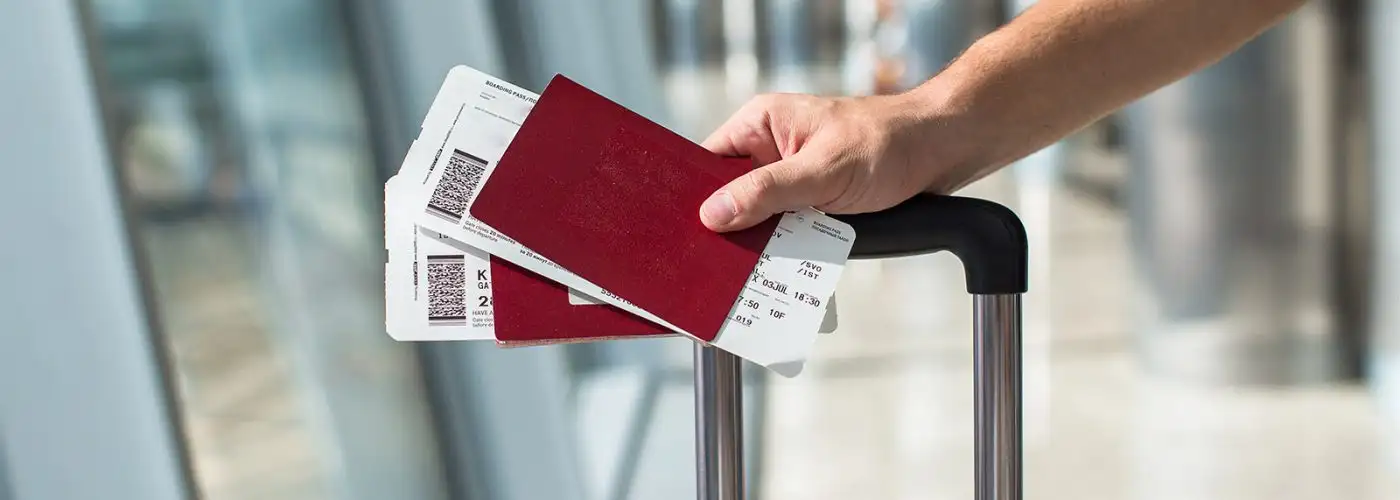You can obsess so much about finding the “cheapest” air ticket that you may overlook cases when you’d be better off spending a little more.
Image Gallery
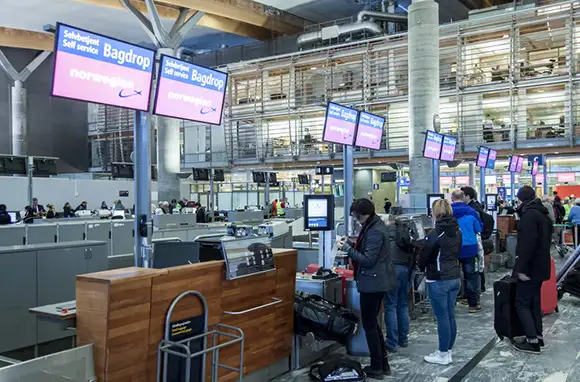
Checked Bags
You pay $25 to check a bag for most domestic trips these days, and sometimes that's a good idea. Sure, you can schlep a big bag to the gate and onto the plane—then fight with everyone else for a spot in an overhead bin that's already full—without paying extra. But avoiding those long schleps and the fight for space is often worth $25, especially when you're on an itinerary that requires connecting at a mega-hub such as Atlanta or O'Hare. These days, I always check when I have to connect so I don't have to race from one remote gate to another, hauling my large suitcase and laptop. And, at least in my recent experience, airlines have become really good at getting baggage to the claim area quickly.

Checked Bags
You pay $25 to check a bag for most domestic trips these days, and sometimes that's a good idea. Sure, you can schlep a big bag to the gate and onto the plane—then fight with everyone else for a spot in an overhead bin that's already full—without paying extra. But avoiding those long schleps and the fight for space is often worth $25, especially when you're on an itinerary that requires connecting at a mega-hub such as Atlanta or O'Hare. These days, I always check when I have to connect so I don't have to race from one remote gate to another, hauling my large suitcase and laptop. And, at least in my recent experience, airlines have become really good at getting baggage to the claim area quickly.
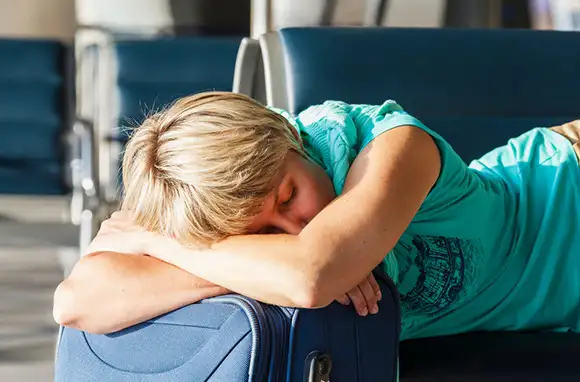
Nonstop Flights
On many routes, you pay more for a nonstop flight than for a connecting itinerary. But connecting at a hub airport almost always adds at least two hours to your total time, increases the chances of encountering weather or another problem, and adds yet another level of hassle and stress. A nonstop flight is worth more than connections—that's why the airlines can charge more for a nonstop—but the nonstop is often worth the money.
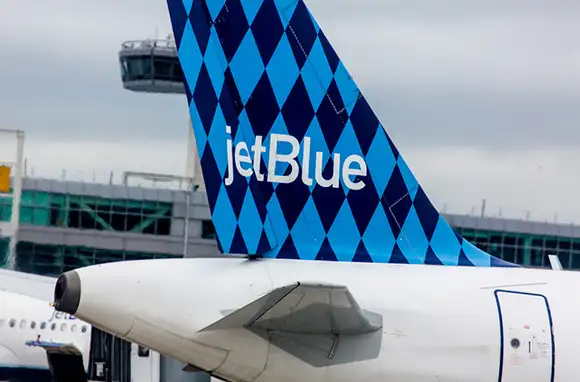
Fly JetBlue
JetBlue provides a measurably better coach/economy product than any other domestic airline. Its fares are usually competitive with other lines, but even when JetBlue is a little more expensive, the superior product is usually well worth the small difference.
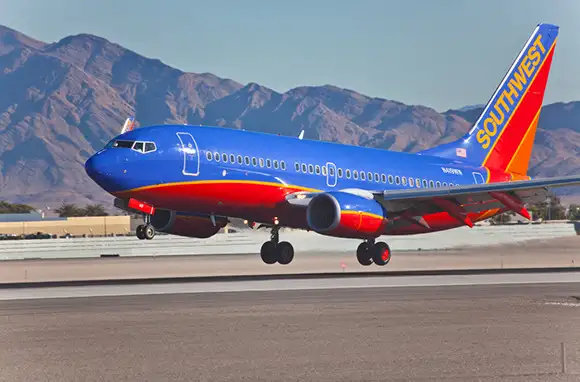
Fly Southwest
If you prefer to check a bag or two, Southwest's "two bags free" policy means that it's a better deal, even when its round-trip fares are almost $50 to $100 higher than the competition—and Southwest usually isn't that much more expensive.
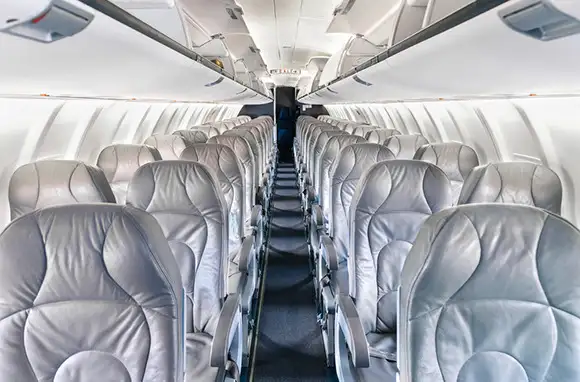
Extra-Legroom Seats
American, Delta, Frontier, Hawaiian (A330s only), and United offer a few rows of regular coach/economy seats with three to four extra inches of seat spacing. Everyone talks about "legroom," but the real difference is room to read or work at the table and shoulder levels. The cost varies by flight and demand, but it's usually less than $100 on even a transcontinental flight, and that extra room can make a coach flight much less miserable than usual.
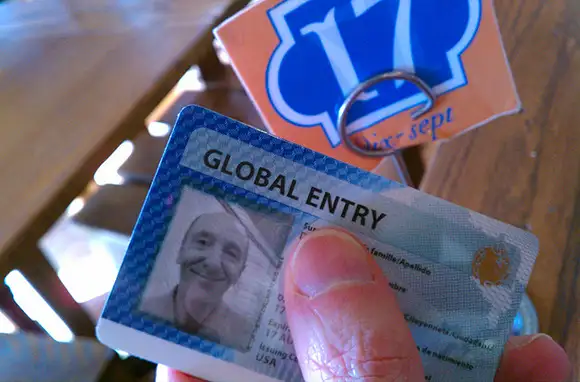
Global Entry
When you return to the United States from a foreign country, membership in Global Entry permits you to bypass the long customs and immigrations lines you sometimes encounter. You have to pass a one-time screening process and pay $100 for five years of eligibility. But even if you travel internationally only once a year, bypassing the entry hassle each time can easily be worth $20 per trip to you.
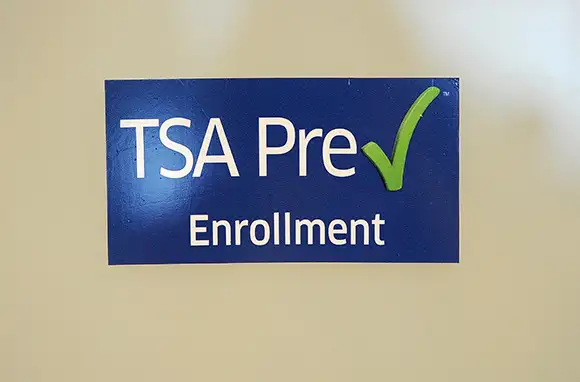
Trusted Traveler
Reserved security lanes at most big airports supposedly get Trusted Travelers through security screening more quickly than other travelers. In my experience, that advantage is problematic: I've been through airports where the Trusted Traveler lanes moved more slowly than the general public lane, and the actual screening process seems to be almost identical. I wouldn't pay for Trusted Traveler by itself. But Global Entry automatically makes you a Trusted Traveler, so overall it's a minor additional improvement.
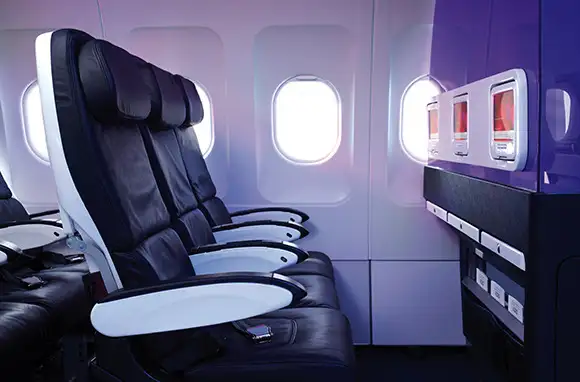
Real Premium Seats
The price differential between regular and premium economy on a long intercontinental flight is usually hundreds of dollars, and the difference between economy and business class is thousands. Both are hard to justify in terms of cost per hour. But sometimes you find special promotions for premium economy or business class that narrow the price gap to an acceptable level. Premium economy is a big improvement and business class is a huge improvement over regular economy, so keep your eyes out for promotions that let you fly in comfort. The main downside is that you'll never want to fly regular economy again.
You Might Also Like:
We hand-pick everything we recommend and select items through testing and reviews. Some products are sent to us free of charge with no incentive to offer a favorable review. We offer our unbiased opinions and do not accept compensation to review products. All items are in stock and prices are accurate at the time of publication. If you buy something through our links, we may earn a commission.
Related
Top Fares From Allentown, PA
Today's Top Travel Deals
Brought to you by ShermansTravel
Shop and Save with Country Inns...
Patricia Magaña
 Hotel & Lodging Deals
Hotel & Lodging Deals
$229 -- Chicago: Discounted Rates and...
Francesca Miele
 Hotel & Lodging Deals
$229+
Hotel & Lodging Deals
$229+
$188 -- Honolulu: Save on Oceanview...
Abigail Lamay
 Hotel & Lodging Deals
$188+
Hotel & Lodging Deals
$188+
